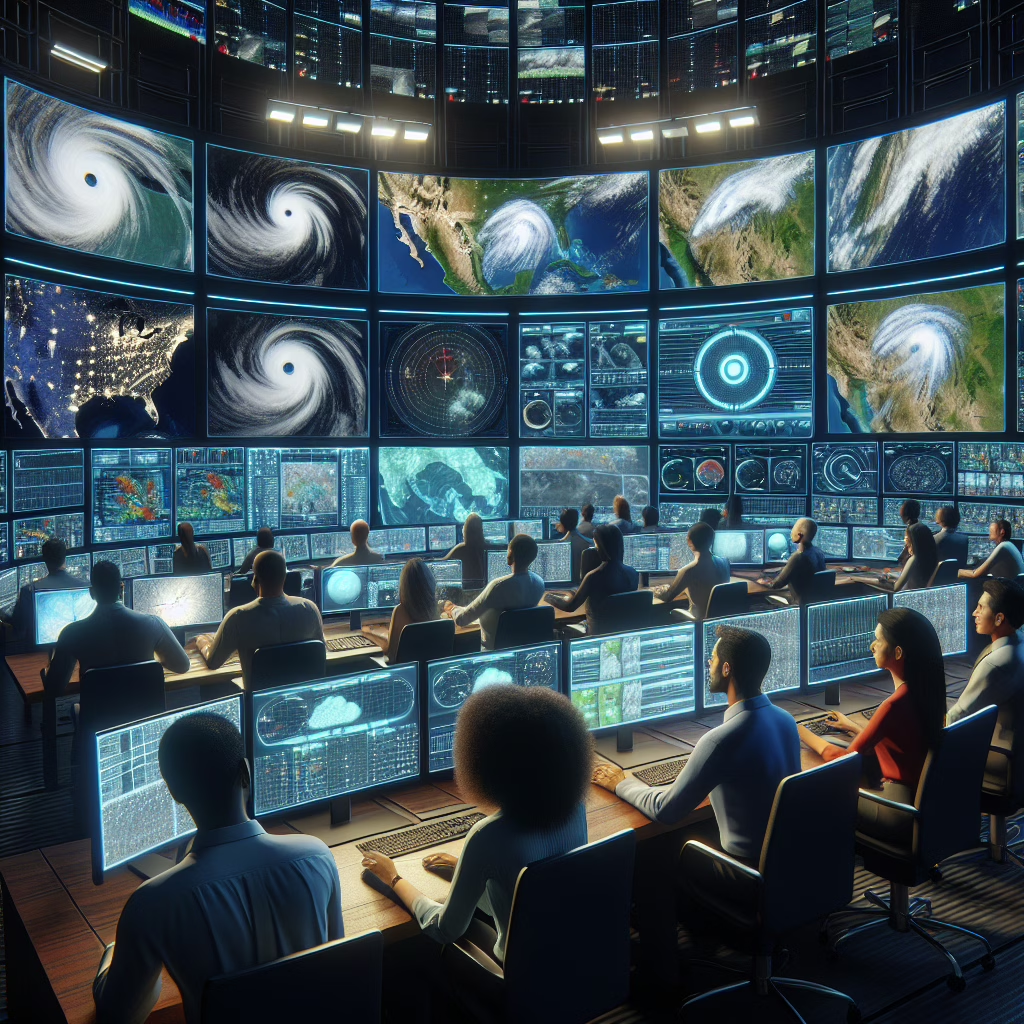In the ever-changing dance of climate and technology, weather technology takes center stage, especially after recent events like the Texas floods of 2025. As our understanding of weather patterns grows, so does the creativity in how we prepare for them. It seems like every day brings a new gadget or app promising to keep us one step ahead of Mother Nature’s whims.
The Rise of Weather Technology: From Forecasts to Flood Alerts
Gone are the days when you’d rely solely on your uncle’s knee pain to predict rain. Today, weather technology has transformed our approach to forecasting, and it’s not just about dodging raindrops. Innovative tools like radar systems and satellite imagery now work together to provide real-time data that can save lives and help communities respond more effectively to severe weather.
Let’s take a moment to appreciate the fantastic advancements that have emerged in the world of weather technology:
- Advanced Radar Systems: These systems act like the superheroes of weather forecasting, swooping in with detailed images that illustrate precipitation patterns. They’re so precise that they can tell you exactly when to pull out your umbrella—or if you should stay indoors altogether.
- Satellite Technology: With satellites orbiting our planet, we gain a bird’s eye view of weather developments across vast areas. They provide crucial insights into developing storms and allow meteorologists to issue timely warnings.
- Mobile Apps: Yes, your smartphone isn’t just for scrolling through social media! Many apps now offer hyper-local forecasts and alerts, making it easy to track impending storms or sunny spells right from your pocket.
The Texas Floods: A Catalyst for Change
The recent Texas floods served as a stark reminder of how unpredictable weather can be. However, they also highlighted the critical role that weather technology plays in disaster response. Thanks to advancements in this field, emergency services could deploy resources more efficiently than ever before.
One shining example of this progress is the collaboration between state officials and tech companies. They’re harnessing machine learning algorithms that analyze vast amounts of data to predict flooding patterns with unprecedented accuracy. It’s almost like having a crystal ball—minus the fortune-telling part!
Humor in Weather Predictions: The Forecast Funnies
While we can’t ignore the seriousness of weather predictions, there’s always room for some chuckles. Let’s face it; with all these gadgets around, sometimes it feels like our meteorologists have more tools than Batman! You might even hear a forecaster say, “We’ve got Doppler radar tracking storms, satellite images from space, and a trusty old barometer—so who needs crystal balls?”
This light-heartedness reminds us that while we prepare for severe weather, it’s essential not to lose our sense of humor. After all, laughter is the best medicine—unless you’re caught outside during a thunderstorm!
The Future of Weather Technology: What Lies Ahead?
The next few years promise even more exciting developments in weather technology. Imagine drones flying through storm clouds gathering data or AI predicting localized weather events down to the minute! It’s not science fiction; it’s just around the corner.
As we embrace these advancements, one thing is clear: staying informed about the weather will become easier and more accurate. So whether you’re planning a picnic or preparing for a storm, rest assured that technology has your back—just don’t forget to check that app before heading out!
In conclusion, as we navigate the twists and turns of climate change and its unpredictable nature, weather technology remains our trusty companion. It helps us stay informed and prepared while adding a sprinkle of humor along the way. Let’s celebrate these innovations while keeping an eye on what nature throws our way next!
If you have thoughts on how weather technology has impacted your life or any funny forecasting stories, feel free to share them below!
A big thank you to WOSU for inspiring this article! Check out their original piece here.

